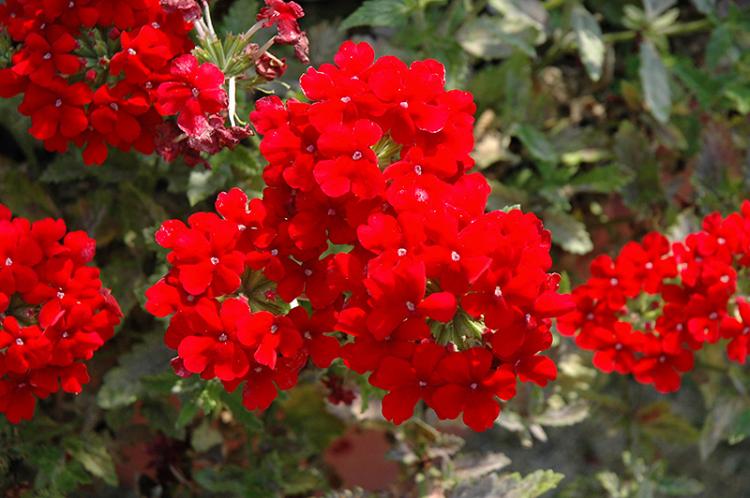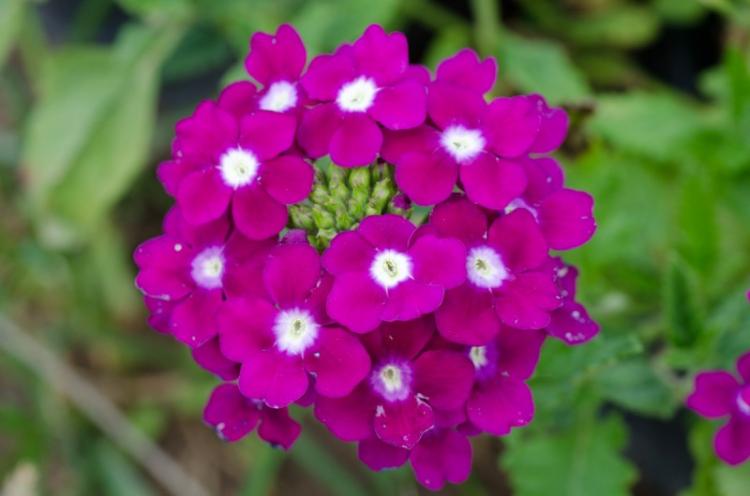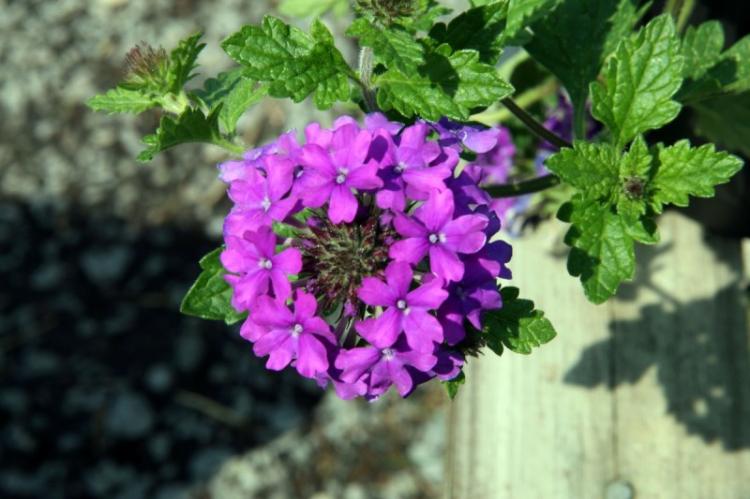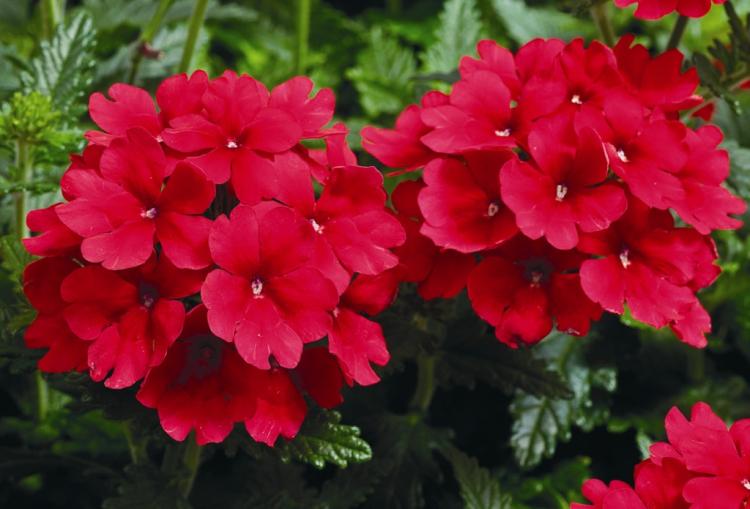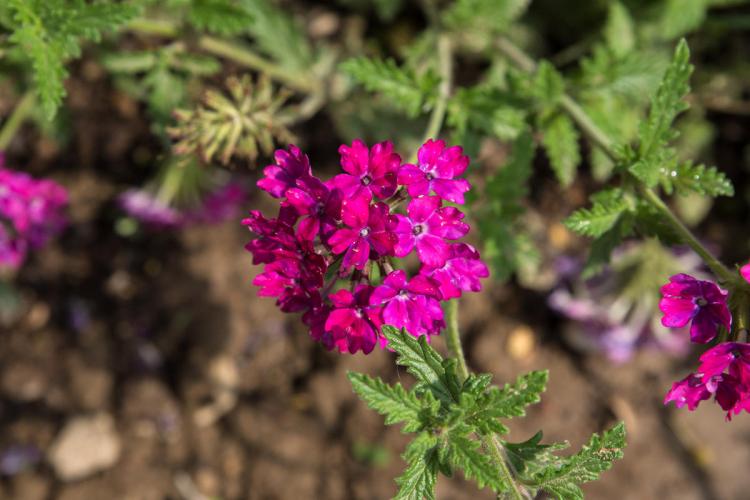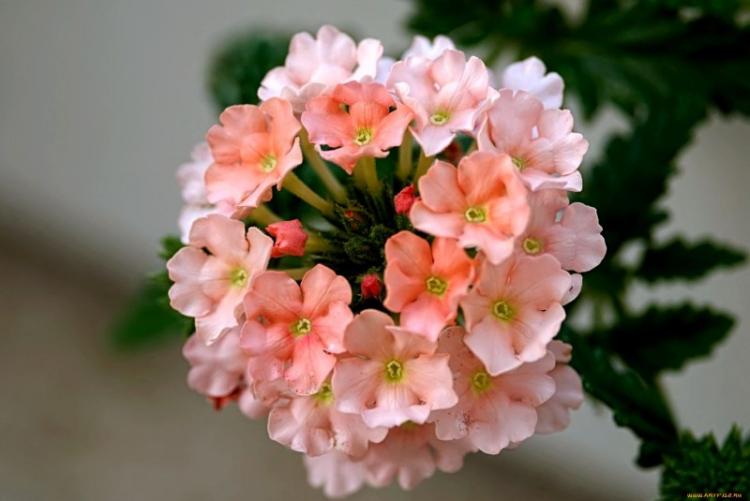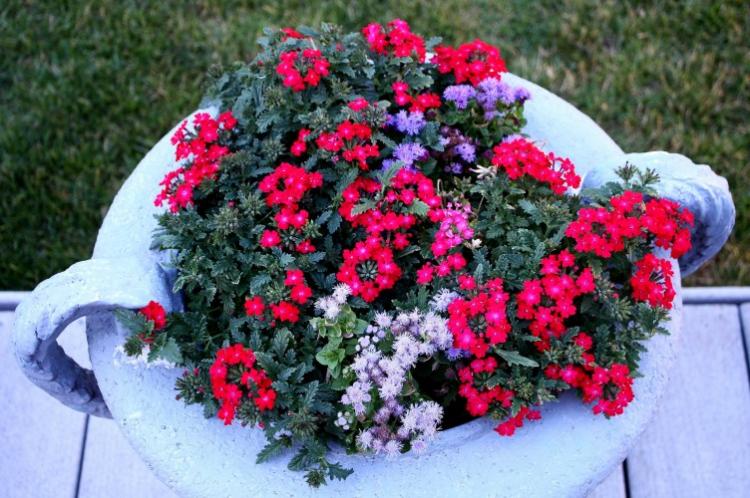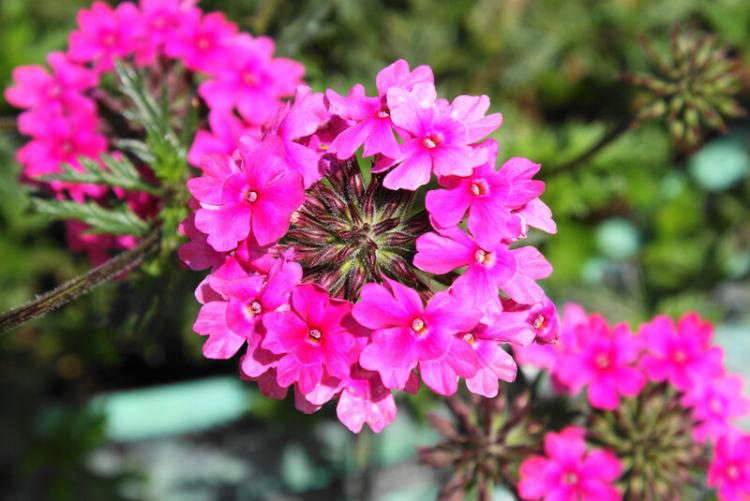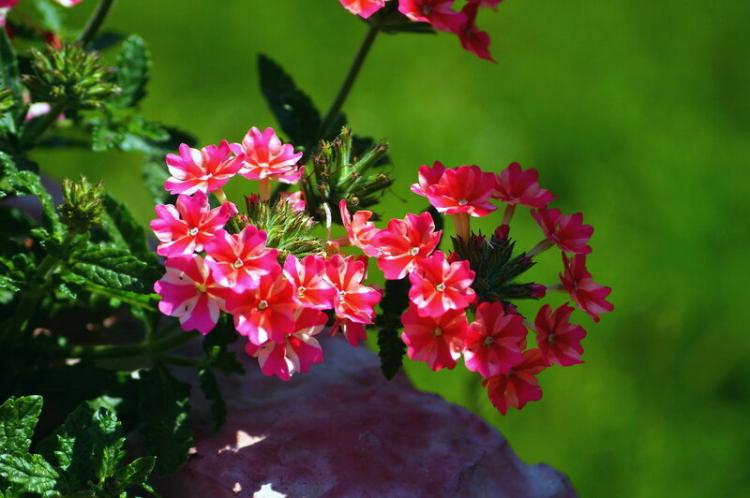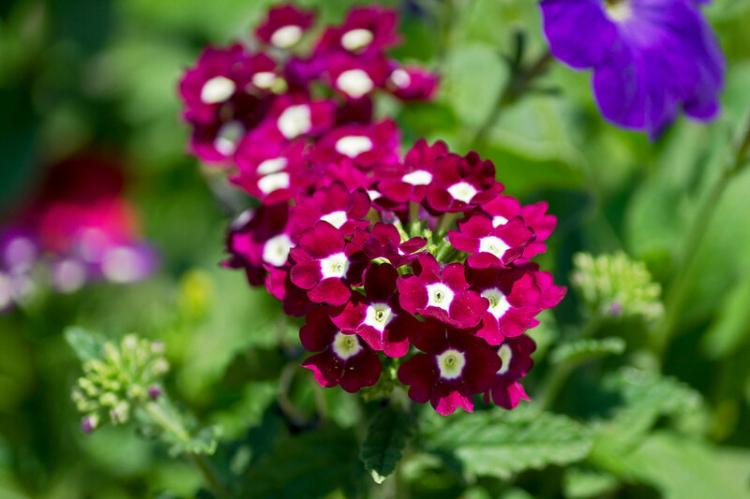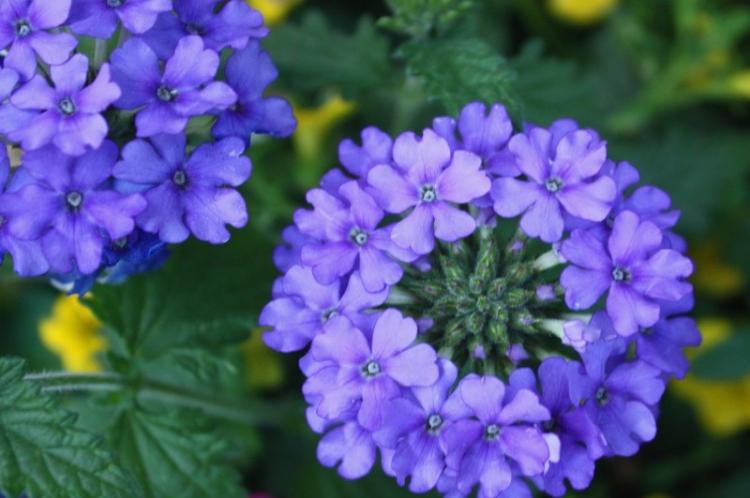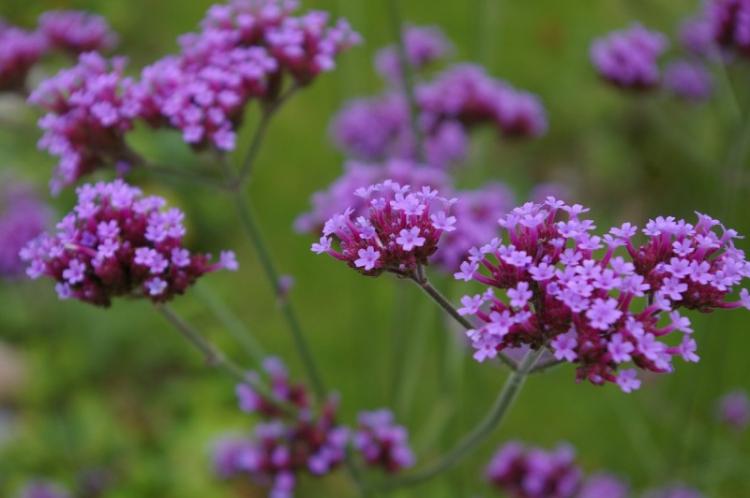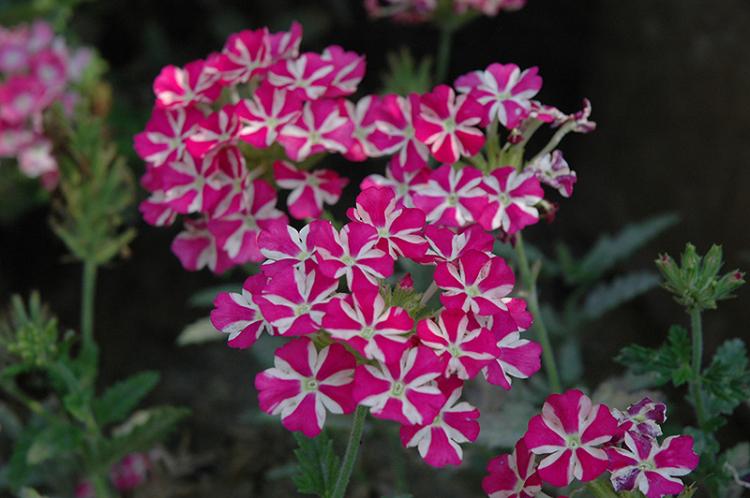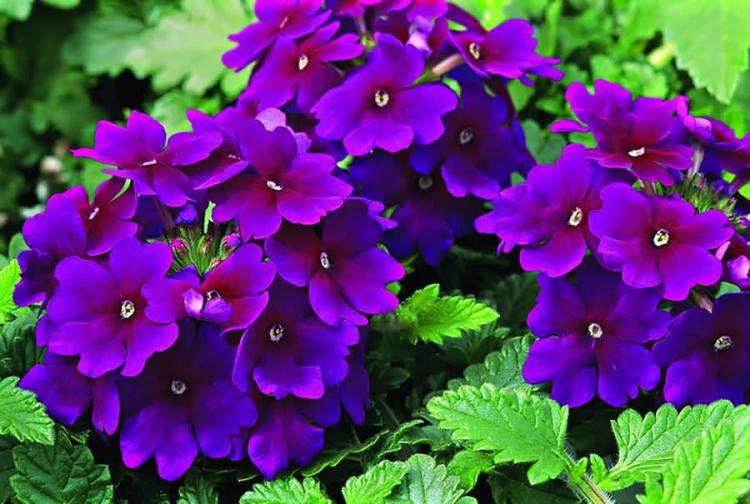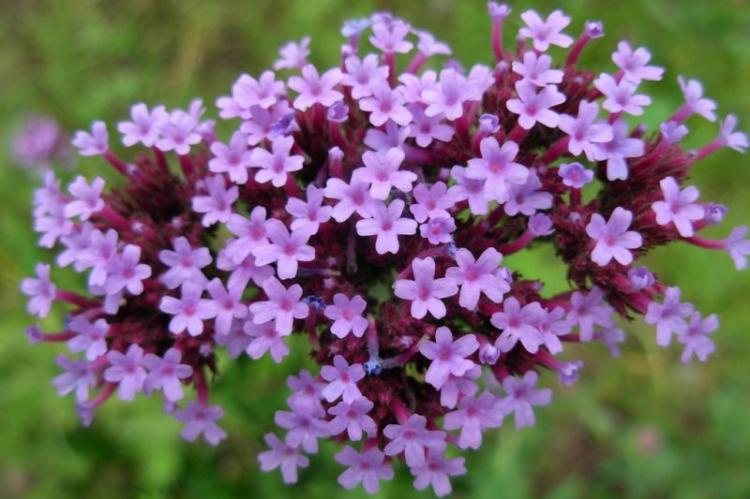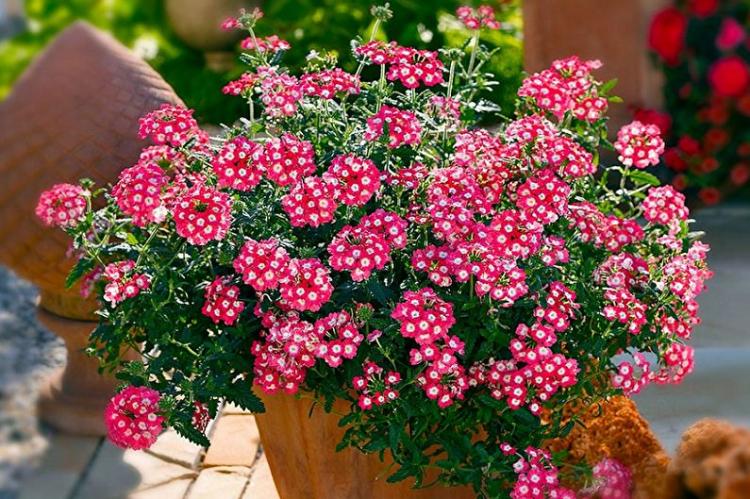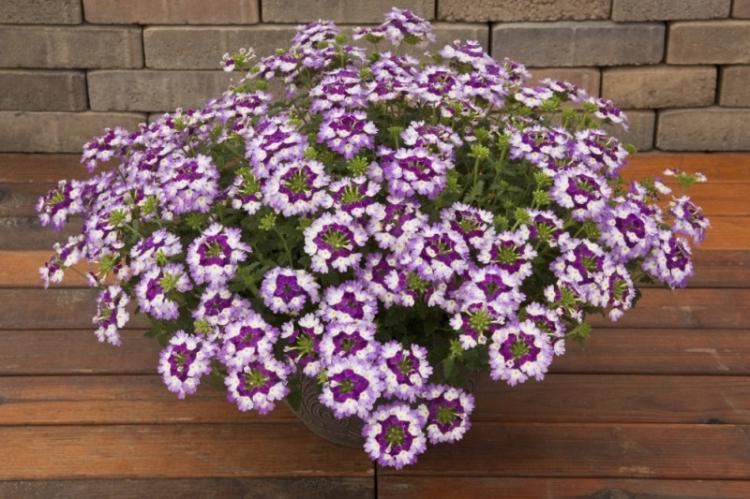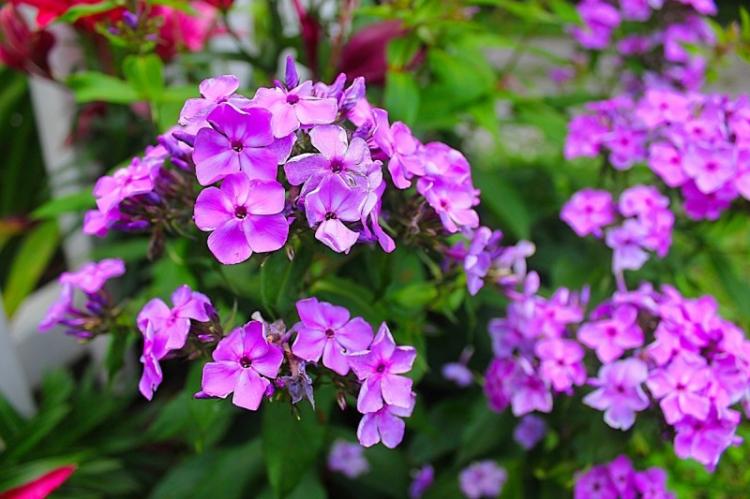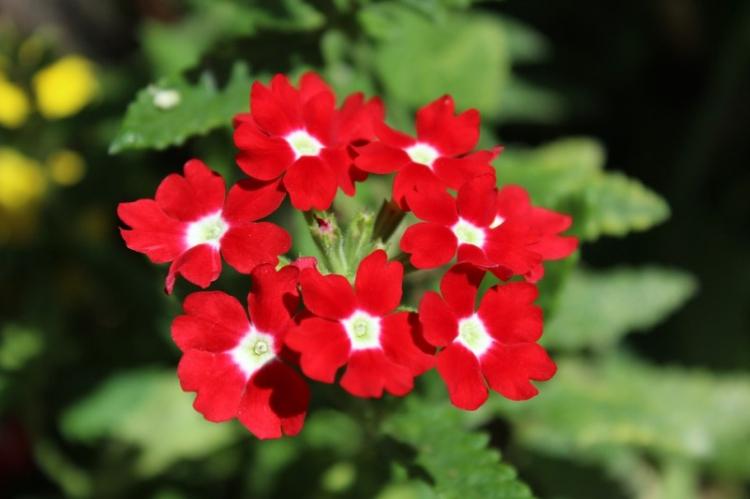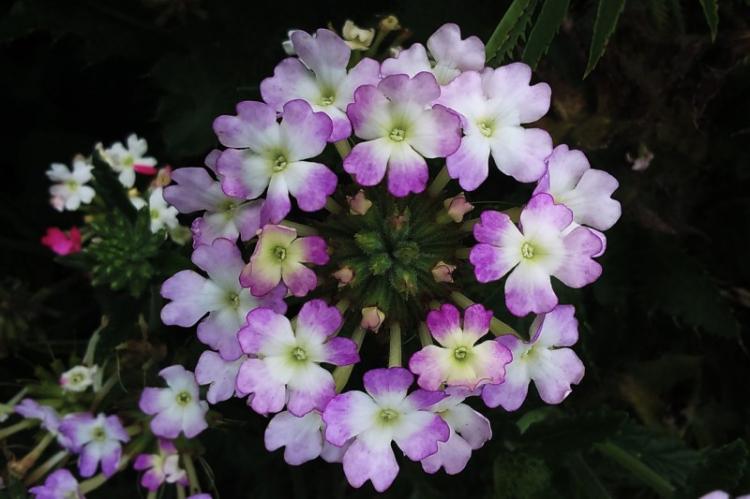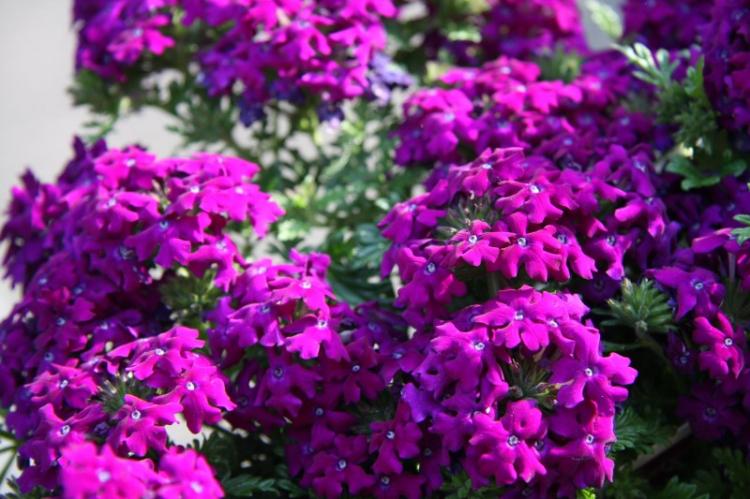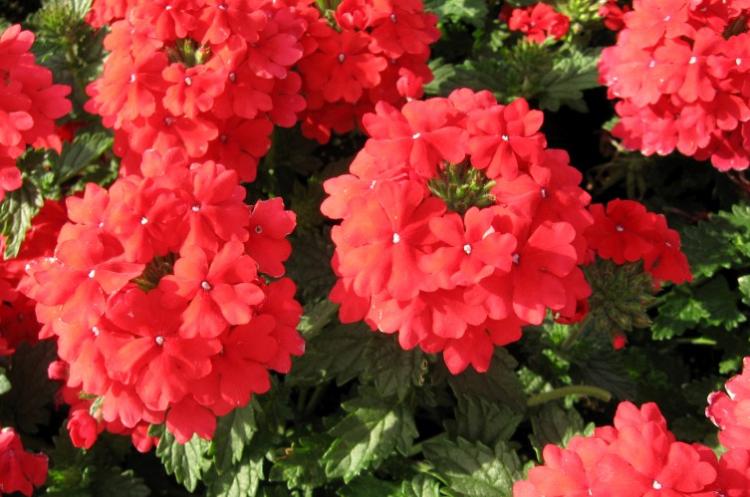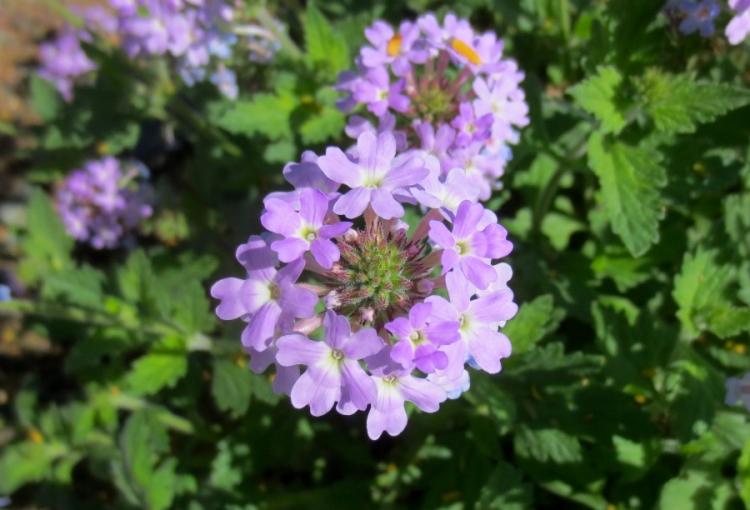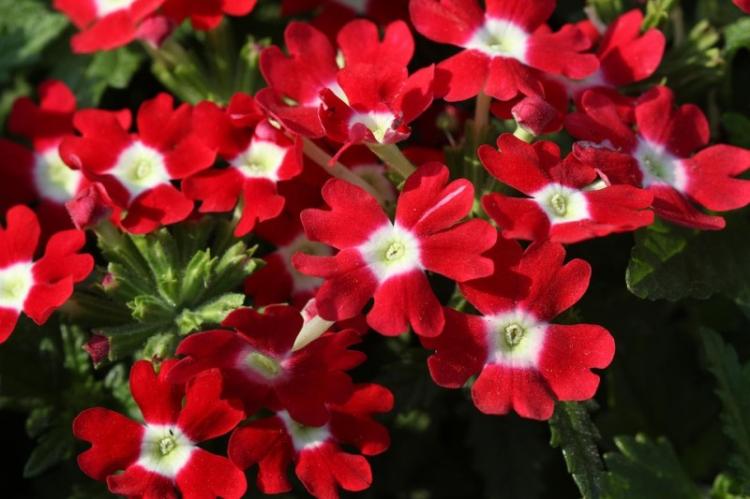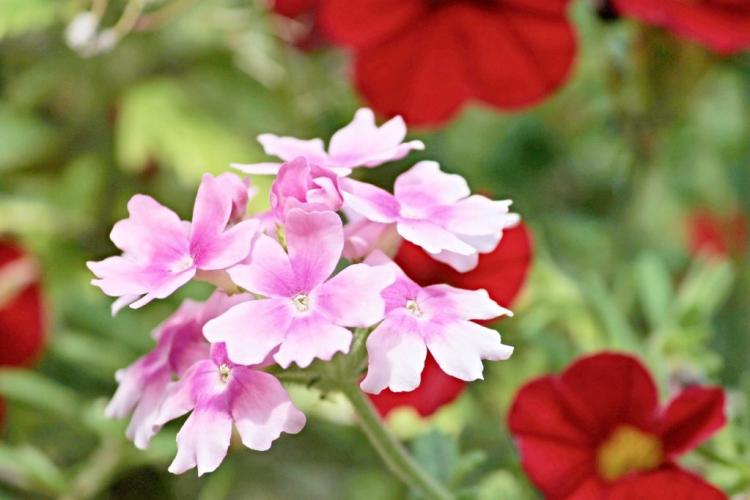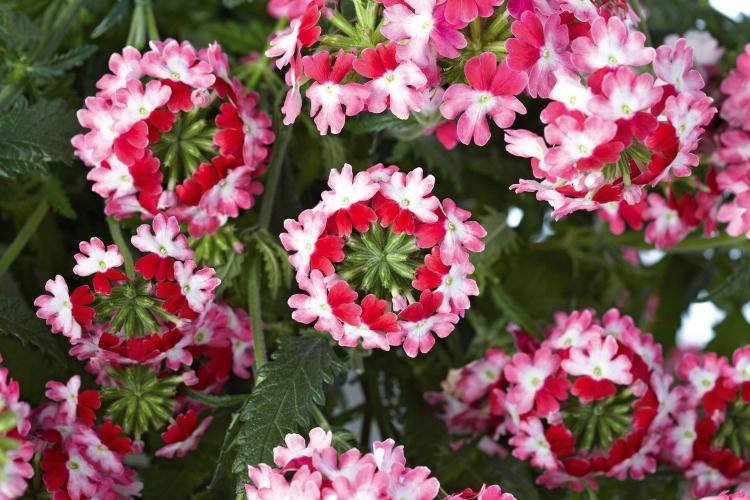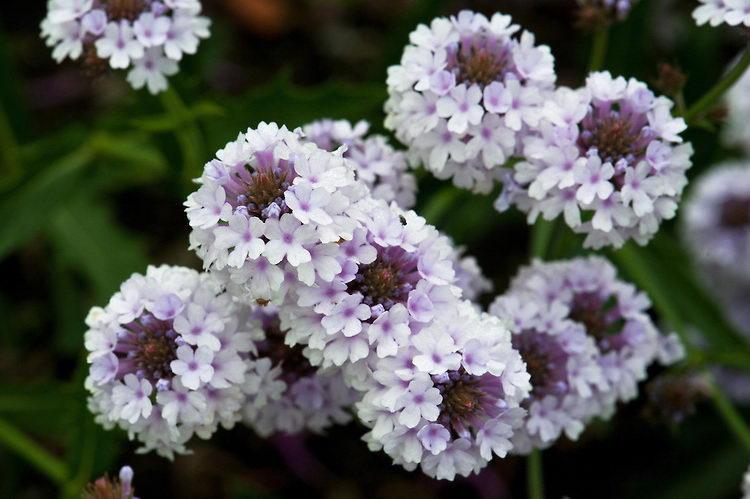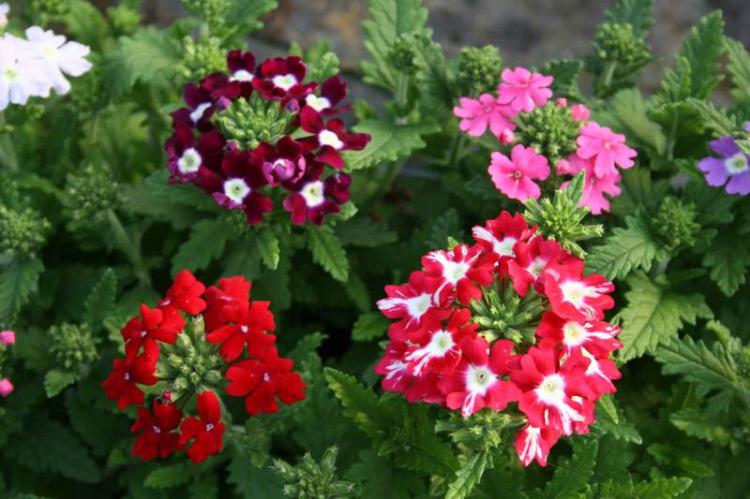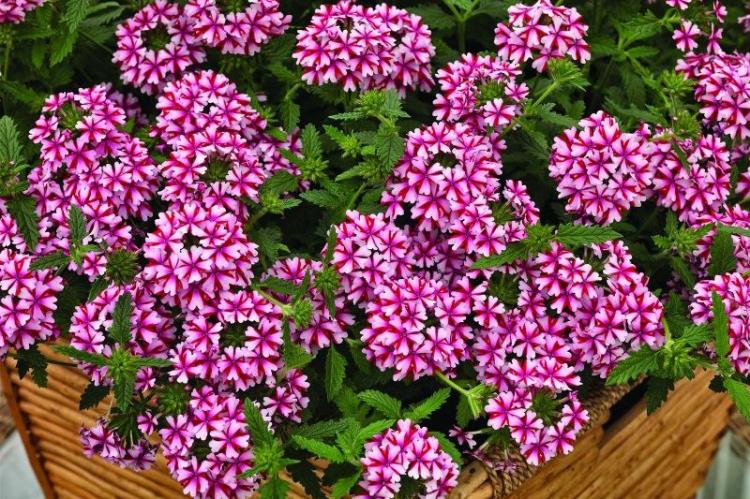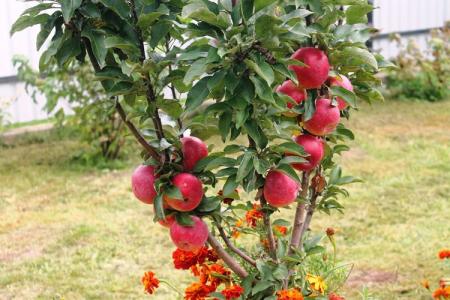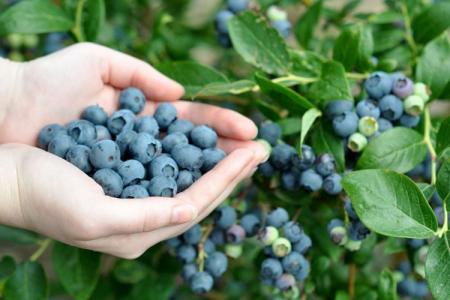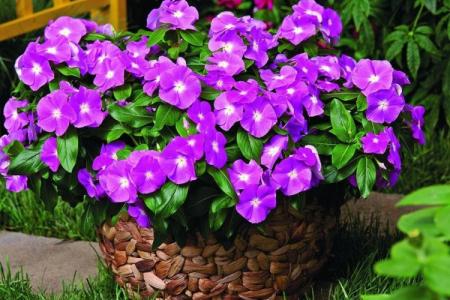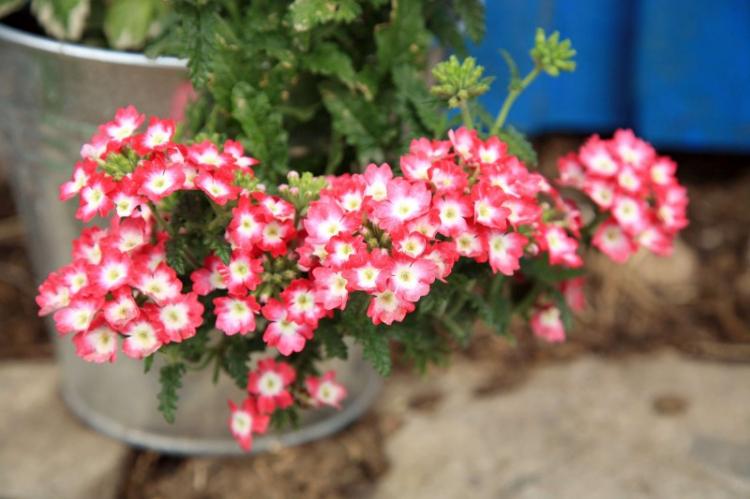
Are you looking for how to decorate your garden and plot when the first spring flowers will fade? Something that will be quite elegant and bright, but at the same time unpretentious in care? Then pay attention to verbena - a graceful herb that will cover the area with a variegated carpet. And we will tell you what types of vervain exist and how to care for them!
general characteristics
Verbena belongs to the family of the same name of simple and unpretentious herbaceous plants. These can be small shrubs, a dense flowering carpet, or even tall straight shrubs up to several meters in height.
Verbena flowers are always small, up to a maximum of 2.5 cm, but at the same time they are collected in dense inflorescences and brushes. The color spectrum is extensive and varied: from white and yellow to pink, dark red and even blue or blue.
Some varieties of verbena are actively used in medicine for the treatment and prevention of digestive problems. In cooking, it is often used for aroma in the preparation of preserves and preparations. Medicinal verbena is also in demand among beekeepers and honey lovers.
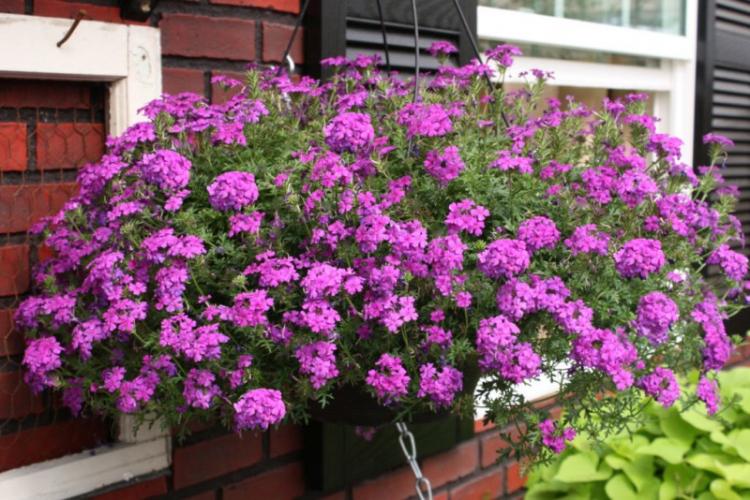
History and use
Simple and unremarkable at first glance, verbena is a sacred plant. The name itself comes from the Latin word, because it was vervain that was used for oaths and spells.
The ancient Celts prepared a drink of love from this flower and created protective amulets from evil spirits. And according to Christian legend, it was this flower that grew at the foot of the cross of Christ on Calvary, and they also stopped the blood in the wounds with it.
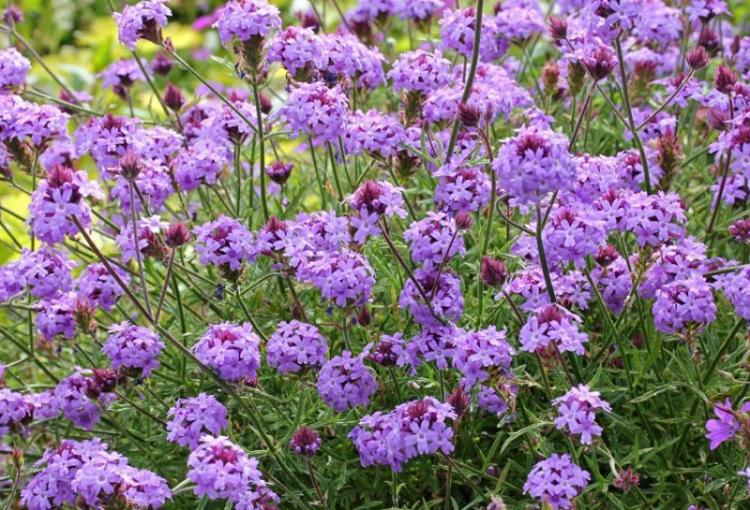
Verbena was a symbol of Venus, and it was worn in amulets even during battles with enemies. It was believed that she gives beauty and youth, and in children - develops abilities and memory. They believed that verbena brings and preserves well-being and wealth in the house.
Friendships and marriages were strengthened with verbena wreaths, and iron for swords and daggers was tempered with its juice. Healers cured all diseases with her, and washed her hair with her broth for headaches and worries. Witches used verbena flowers for their spells and love potions.
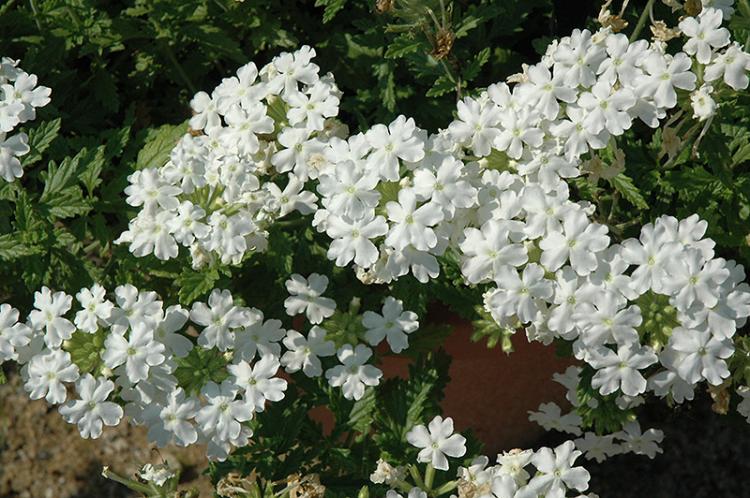
Verbena species
There are more than 120 species of verbena in the world, but only a few of the most popular are cultivated and propagated at home. Most of the varieties are South American, and there they grow everywhere from Chile to Canada. But some popular species have spread throughout Europe.
Pharmacy verbena
Verbena pharmacy (medicinal) is the most popular and widespread species in our latitudes. It is a herbaceous perennial with a developed rhizome, which grows 30-60 cm in height. Small flowers are collected in neat paniculate inflorescences that begin to bloom in the leaf axils.
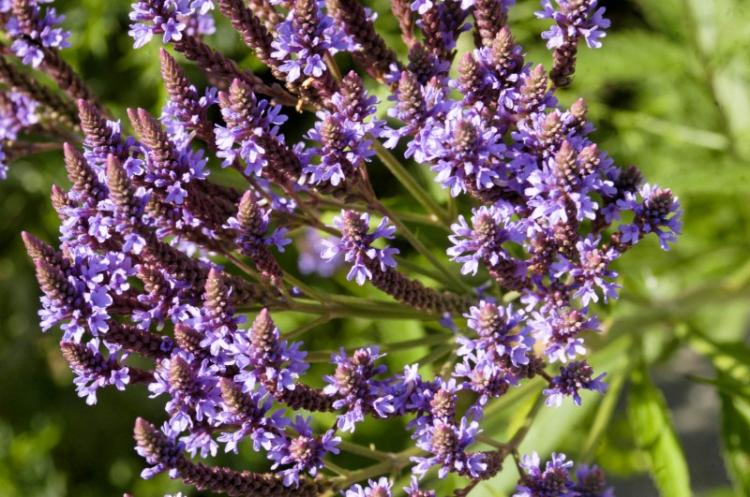
Hybrid verbena
Hybrid verbena is a whole group of selective garden varieties that are bred through long-term crosses of wild species. These are annual species that can be stunted, large-flowered and even ampelous. Height - from 20 to 70 cm, and long creeping shoots are good in pots and decorative compositions.
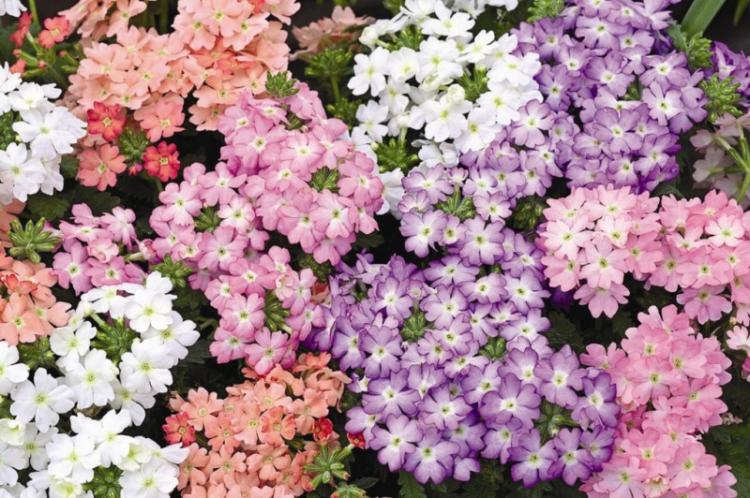
Verbena Canadian
This is one of the classic varieties - a low-growing garden shrub up to 20 cm tall. The bundle inflorescences that distinguish this variety from paniculate ones look interesting. The color is white, pink or lilac, which contrast favorably with the bright openwork leaves.
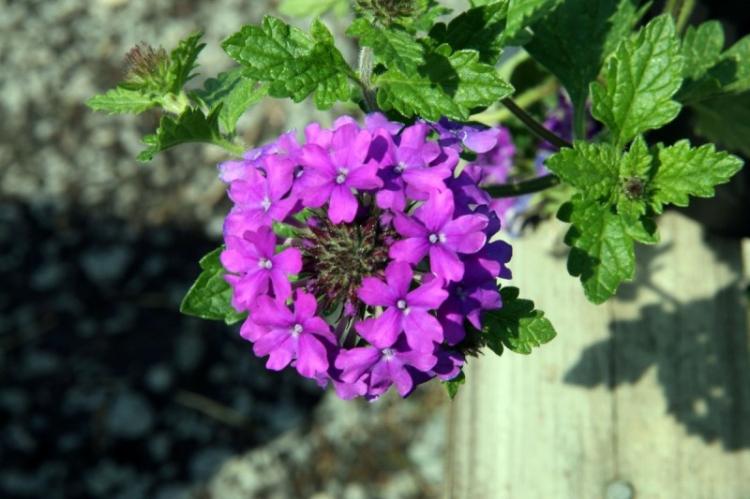
Lemon verbena
It is a fragrant perennial shrub that grows up to 2 meters in height. The branched stems are covered with bright green leaves, which, when rubbed, emit a characteristic citrus aroma with light notes of lemon balm and mint.
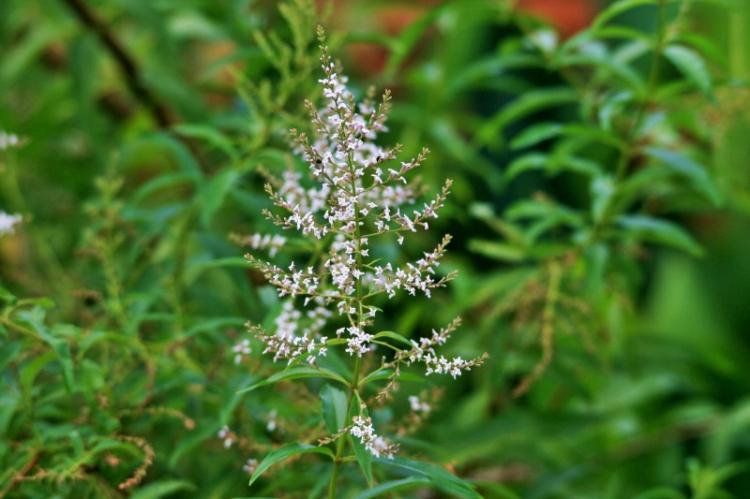
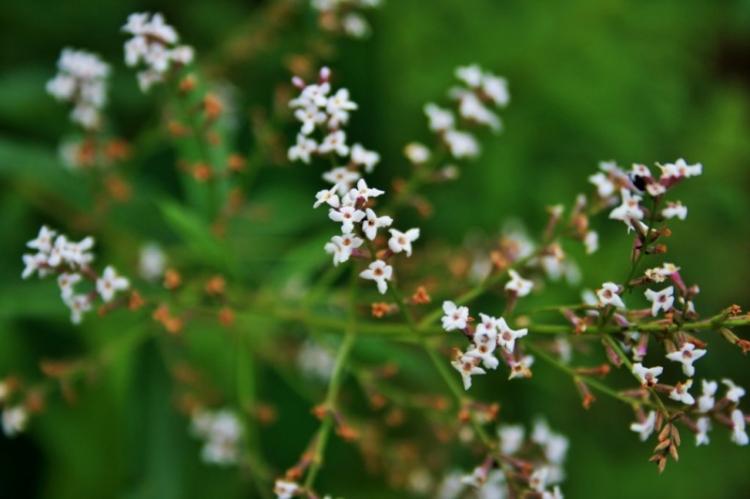
Verbena hard
It is a cultivar with long, creeping shoots, at the ends of which purple and blue buds bloom. Another interesting feature is the tough, toothed, elongated leaves.In native Brazil, tuberous verbena is perennial, but in our latitudes it grows like an annual.
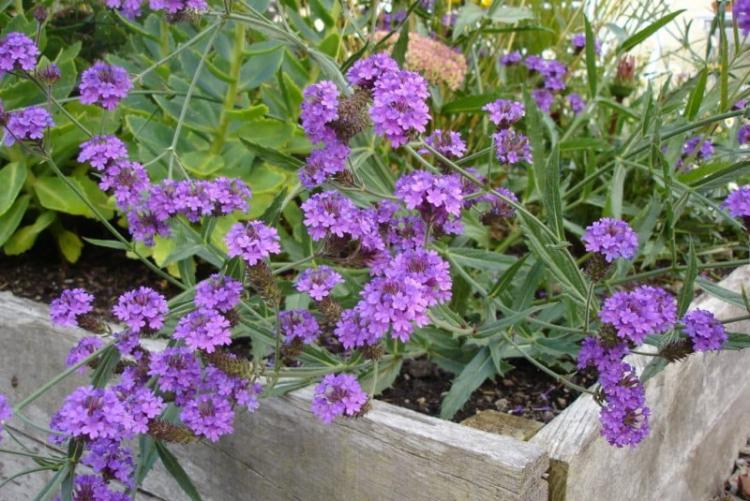
Verbena of Buenos Aires
The popular variety is known by many other names: tall, Brazilian, Argentinean, lilac-flowered. In native South America, it is a wild perennial, but in our gardens it is grown as an ornamental annual.
This is a large variety with straight, upright stems up to 1.5 meters, decorated with lilac umbrella inflorescences. Buenos Airesian verbena looks spectacular and, together with serrated leaves, resembles openwork lace.
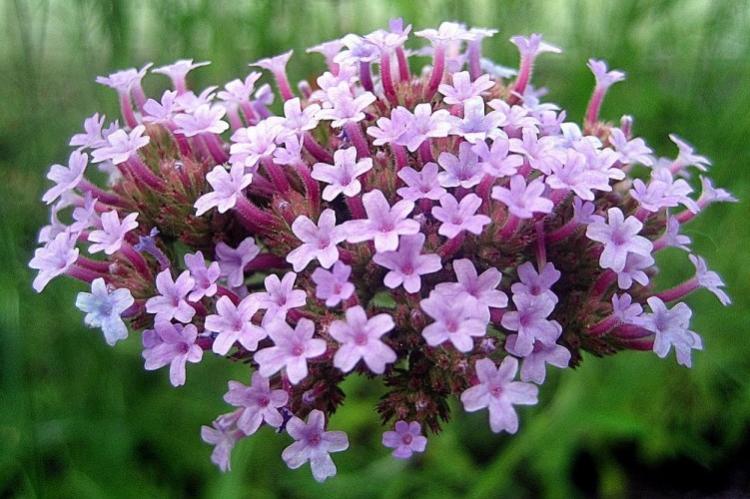
Verbena care
Unpretentious verbena pleases gardeners with its unpretentiousness to conditions, so it is easy to cope with it in the garden. If you monitor watering, control the density of crops and avoid excessive moisture, there will be no problems with it.
Temperature
The ideal temperature for young verbena shoots is above 20 degrees, and an adult plant feels comfortable even at +10. Abundant flowering will continue at 16-25 degrees, but a short-term cooling does not affect the condition of the flower. The main thing is that it is returnable, because the flower does not hibernate in the open field.
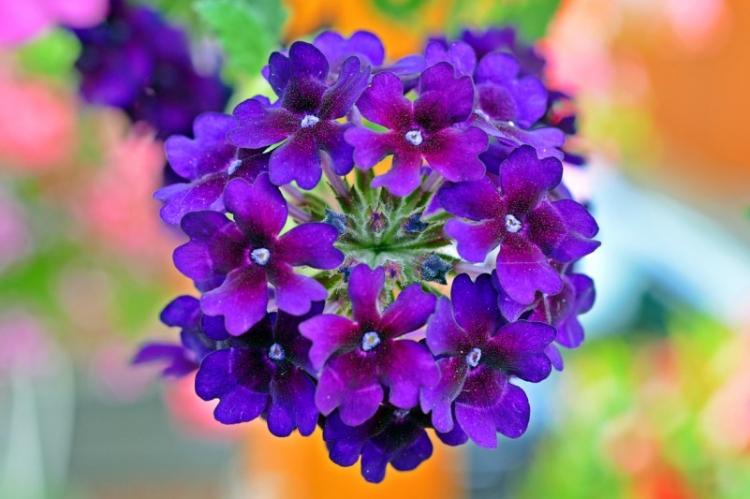
Lighting
Verbena loves light, and the more, the better, because with a lack of lighting, powdery mildew and other diseases can appear. The flower tolerates drought and heat better than lack of sun and high humidity.
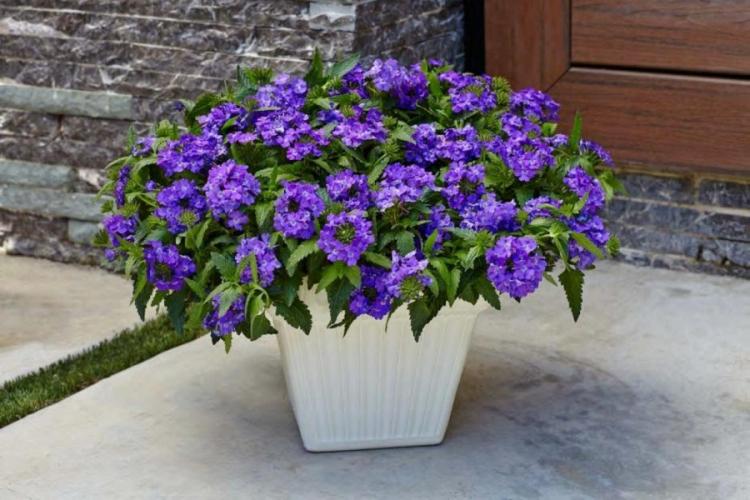
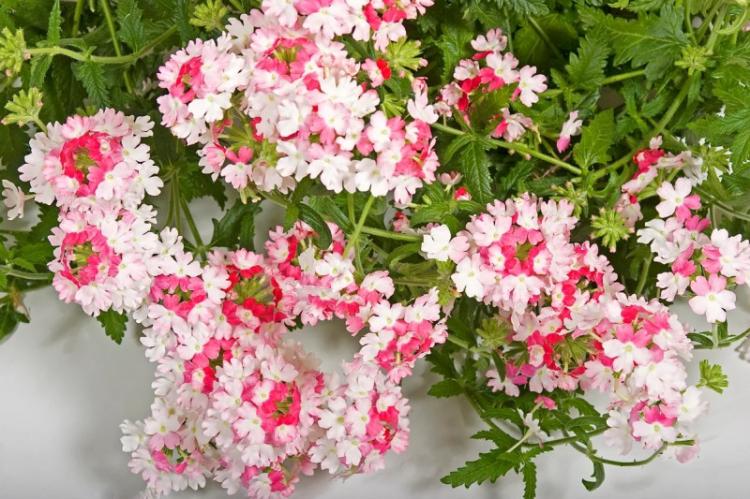
The soil
Verbena does not need special soil preparation and even regular loosening. Only with abundant watering in the heat is it recommended to fluff the soil to circulate air, otherwise the roots may begin to rot. And in order to avoid drying out, use mulch from ordinary foliage or ready-made decorative.
The soil for verbena is loose, permeable loam, so if the soil on the site is too heavy, add sand. And to protect the root system from moisture, lay a drainage layer of stones, expanded clay or brick fragments.
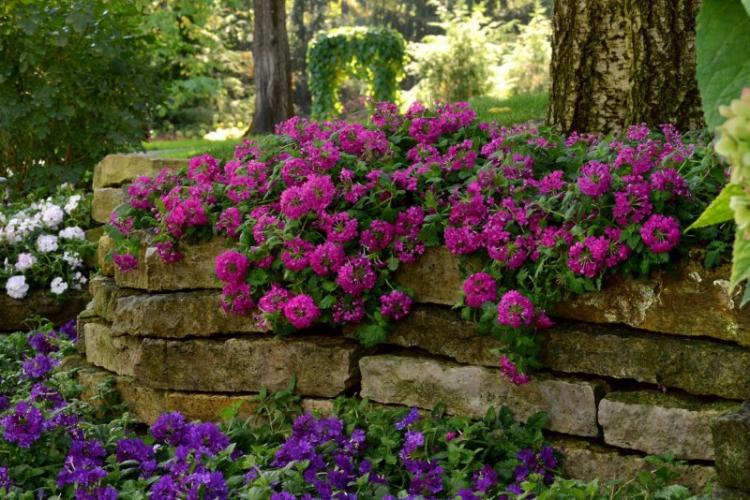
Watering
The period of active flowering is the very time when verbena especially needs abundant and systematic watering. But by the second half of summer, be sure to reduce the frequency: verbena is resistant to short-term drought.

Fertilizers and feeding
The ideal fertilizer for verbena is mineral dressing and special complex formulations. The easiest way is to buy ready-made mixtures right away, but you can also use prepared organic matter. Apply fertilizer once a season and keep an eye on nitrogen levels: if they are too high, greenery will grow to the detriment of flowering.
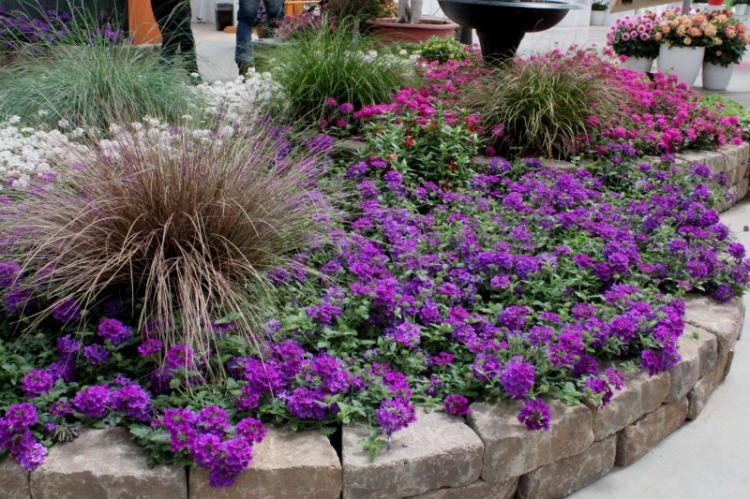
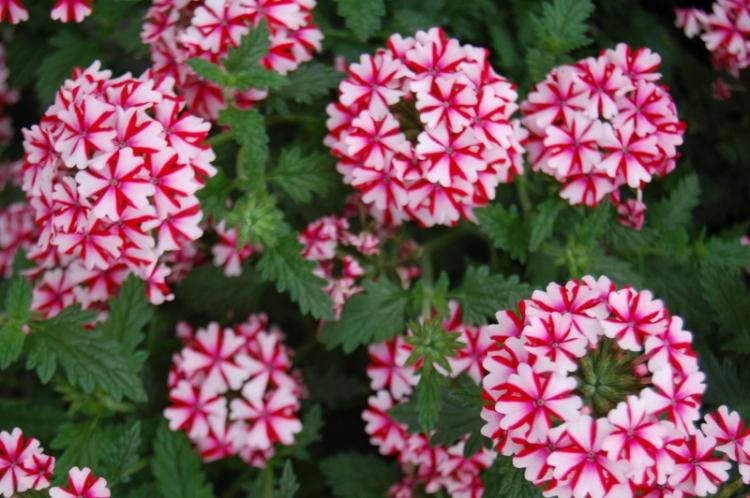
Pruning
Bushy verbena grows quickly and turns into a thick carpet, the density of which must be monitored for the first time after planting. And the main thing is to weed the weeds, and then the blooming grassy cover will delight with beauty and accuracy.
To make the plant bloom longer, remove the already faded buds: then they will not take up valuable resources. For decorative compositions, the bushes can be shaped with ordinary garden shears.
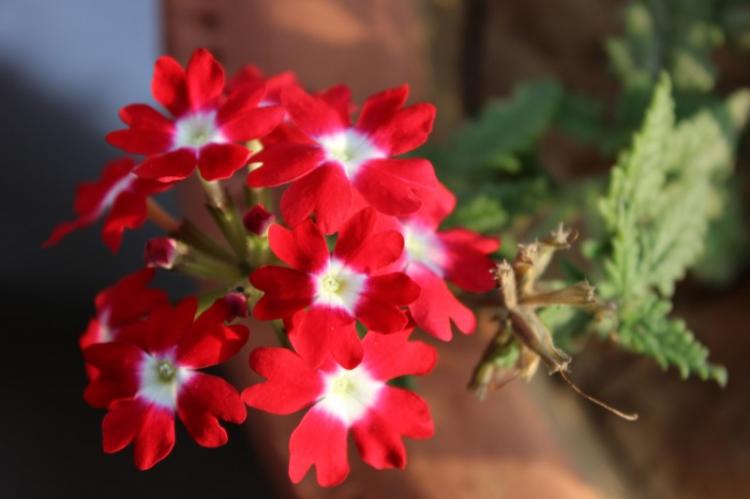
Planting and breeding verbena
Verbena is planted directly from seeds or cuttings, which are stored in the fall. Before the onset of frost, dig up the bushes and transfer them to a cool room until spring. For grafting, cut off the tops of the shoots up to five pairs of leaves and cover the cut with charcoal.
For rooting, a mixture of peat and sand is better suited, but even into it you do not need to deepen the shoot too much. After 3 weeks, a sufficiently stable and powerful root system will form under the film for transplantation.
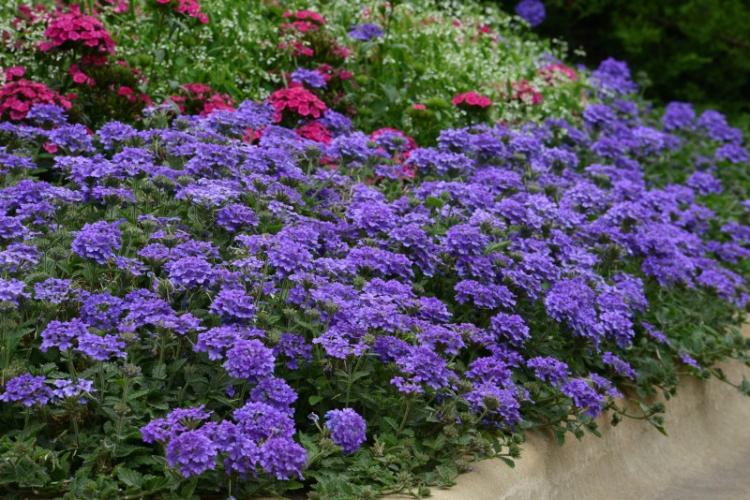
No special preparation is needed for the seeds, but when sowing, they cannot be buried in the soil: just spread over the surface. Within just a few days at 20 degrees and above, they begin to germinate, after which you need to transfer the container to a cool place.
Fresh sprouts are especially sensitive to moisture, so don't over-water it. Seedlings ready for planting will delight you in about 2 weeks, but transplant them into the ground only in stable warm weather.
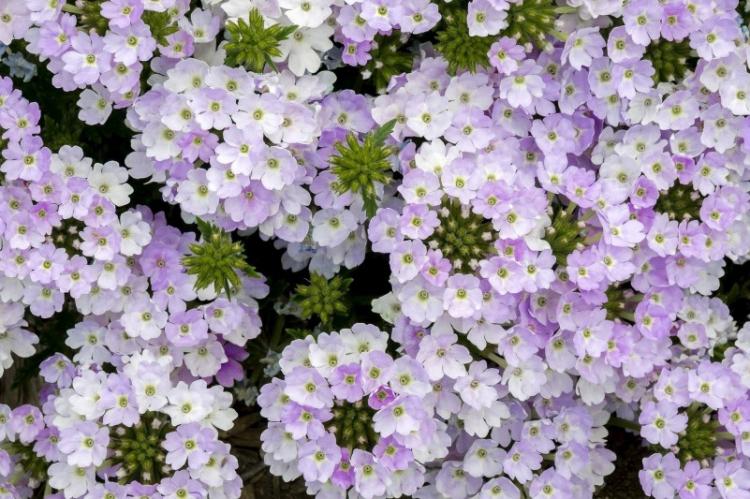
Pest and disease control
Unpretentious verbena rarely gets sick and is practically not interesting for garden pests. But if conditions are violated, excessive soil moisture or improper weeding, you can run into trouble.
The most common problem is mealy growth, from which the leaves begin to darken and die off. If found, remove all damaged areas and spray the verbena with special fungicides. The same goes for rot: if the plant turns pale and withers, the first step is to prevent the problem from spreading.
Among insects, aphids and a leaf fly are sometimes found, which feeds on leaves. But to combat them, no complicated manipulations need to be undertaken: regular use of insecticides is enough.
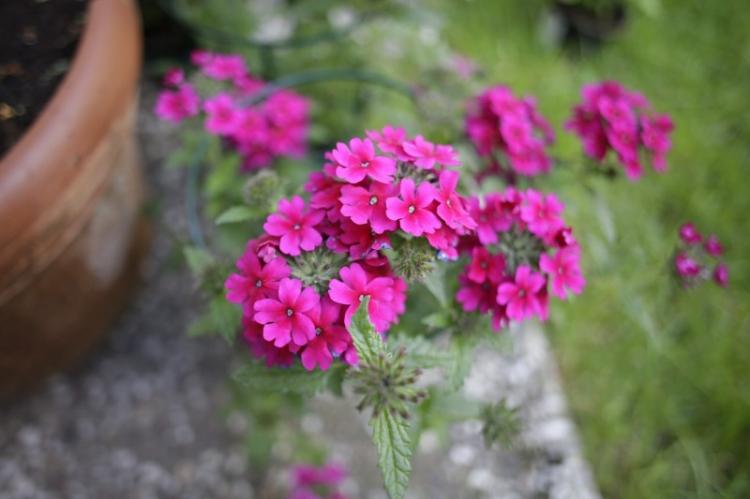
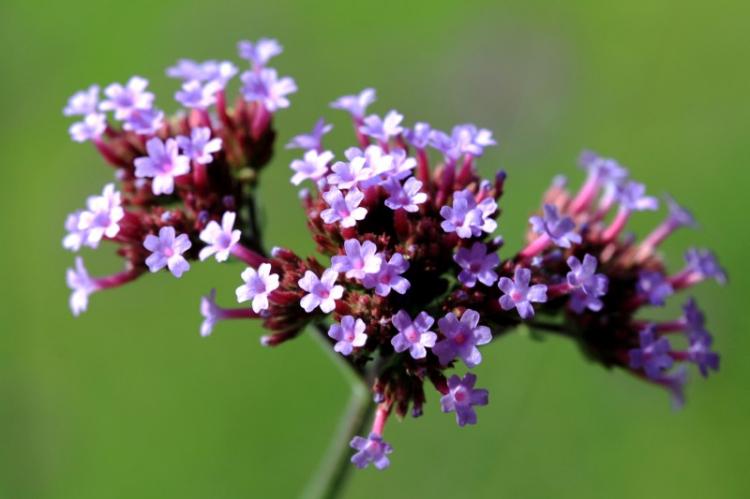
Verbena - photo
Verbena's simplicity and unpretentiousness are combined with its neat and graceful beauty. See for yourself thanks to the photos in our gallery. Happy viewing!
